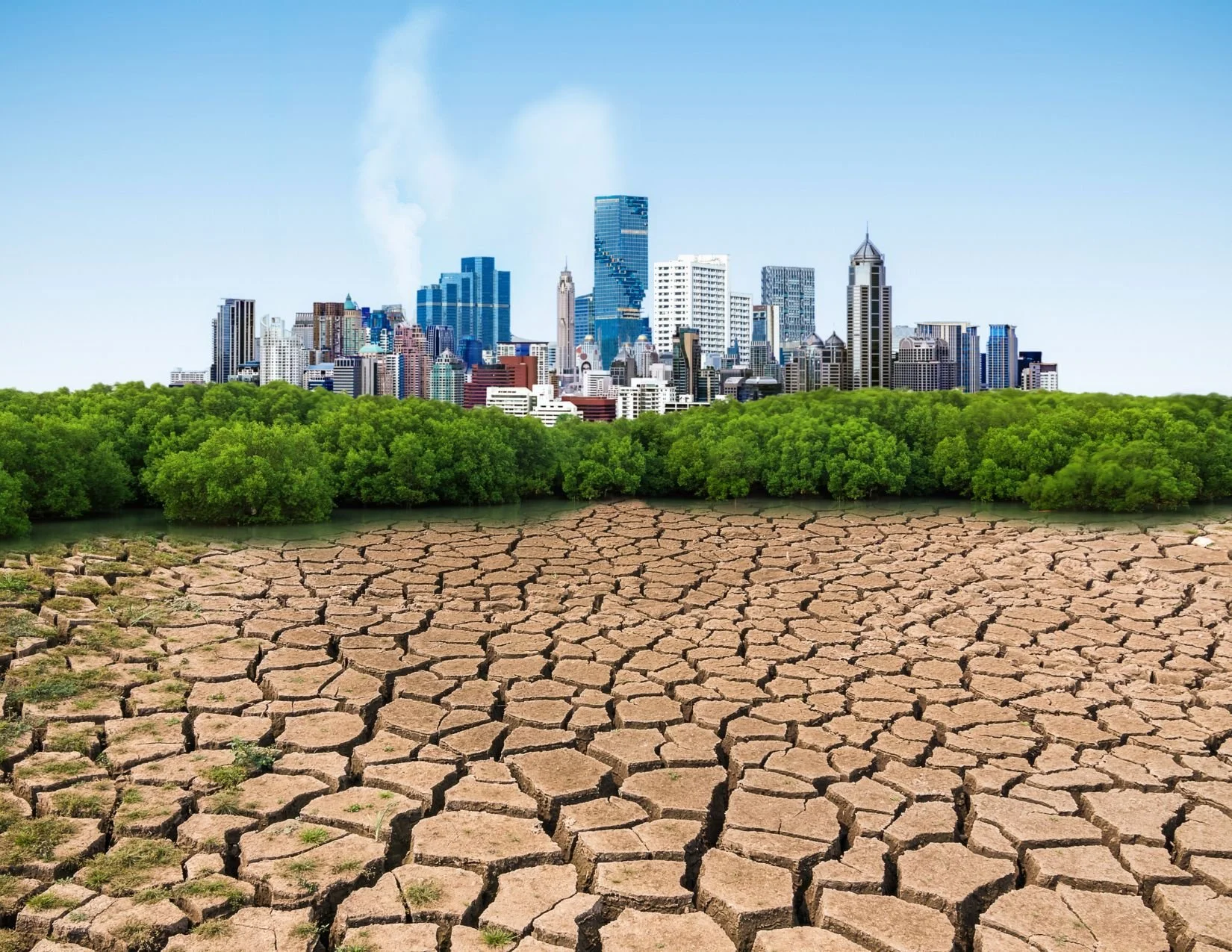Global Warming & Energy Efficiency in Commercial Real Estate
Global warming and energy use can be significant considerations for commercial real estate investors and consumers alike.
On the one hand, commercial real estate properties that are energy-efficient or that use renewable energy sources may be more attractive to investors because they may be expected to have lower operating costs and may be more resilient to potential regulatory changes or price increases for fossil fuels. In addition, properties that are seen as environmentally sustainable may be more attractive to tenants and consumers, which can potentially increase the value of the property and make it a more profitable investment.
On the other hand, commercial real estate properties that are energy-inefficient or that are located in areas that are vulnerable to the impacts of global warming, such as areas prone to flooding or sea level rise, may be less attractive to investors. These properties may be seen as having a higher risk of physical damage or loss of value due to extreme weather events or other consequences of climate change. In addition, regulatory changes or carbon pricing schemes that are intended to address global warming may increase the costs of operating properties that are reliant on fossil fuels, which could make these properties less financially viable as investments.
However, most people don't think about the Indirect impacts of global warming on commercial real estate, which may include changes in consumer behavior and market demand. For example, as concerns about the environment grow, consumers may be more likely to prioritize shopping at businesses that are environmentally sustainable. This could potentially lead to an increased demand for commercial real estate properties that are energy-efficient or have green features. On the other hand, businesses that are seen as contributing to global warming or that are located in areas vulnerable to the impacts of climate change may be less attractive to consumers and may struggle to attract tenants.
Reducing energy costs is a great first step which can be beneficial for shopping centers in a number of ways. Lower energy costs can help to increase the profit margins of businesses operating within the shopping center, which can make the shopping center more attractive to potential tenants. Additionally, reducing energy costs can also help to make a shopping center more environmentally sustainable, which can be attractive to consumers and potentially increase foot traffic to the shopping center.
There are a number of ways that shopping centers can lower their energy costs, including:
Implementing energy-efficient lighting systems
Upgrading to energy-efficient heating, ventilation, and air conditioning (HVAC) systems
Installing solar panels or other renewable energy systems
Implementing a comprehensive energy management system to track and optimize energy usage
Implementing energy-efficient building design features, such as high-insulation walls and windows
By implementing these and other energy-saving measures, shopping centers and other commercial buildings can lower their energy costs and improve their bottom line.
Overall, the extent to which global warming and energy use will impact commercial real estate investments will depend on a variety of factors, including the location and type of property, the specific energy-related features of the property, and the broader economic and regulatory context.
